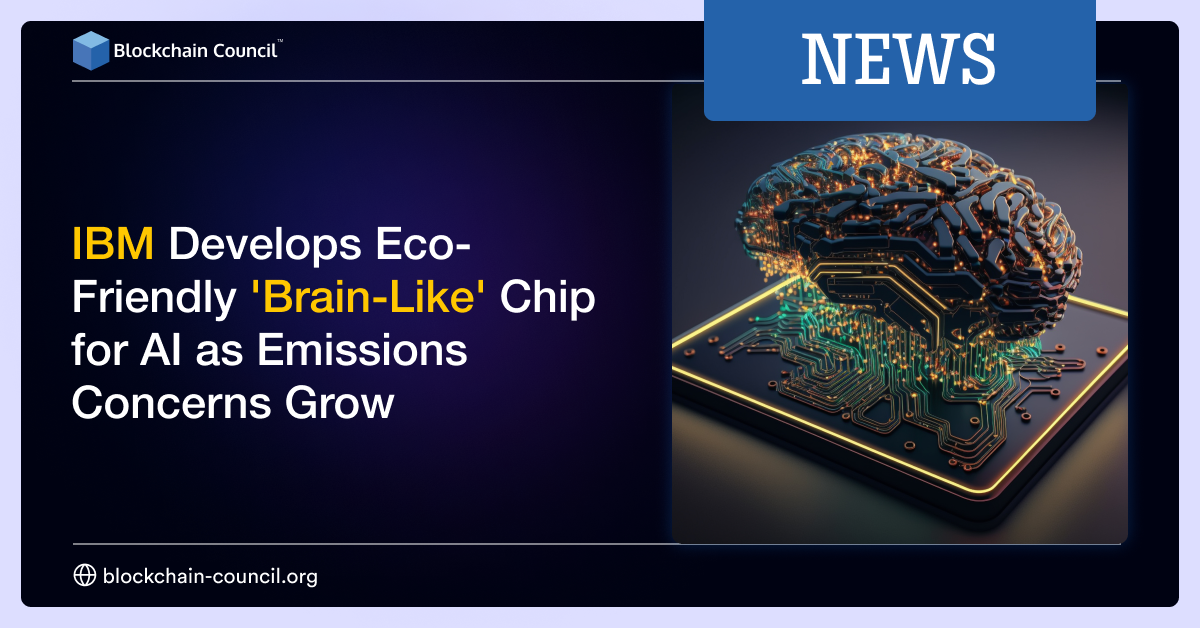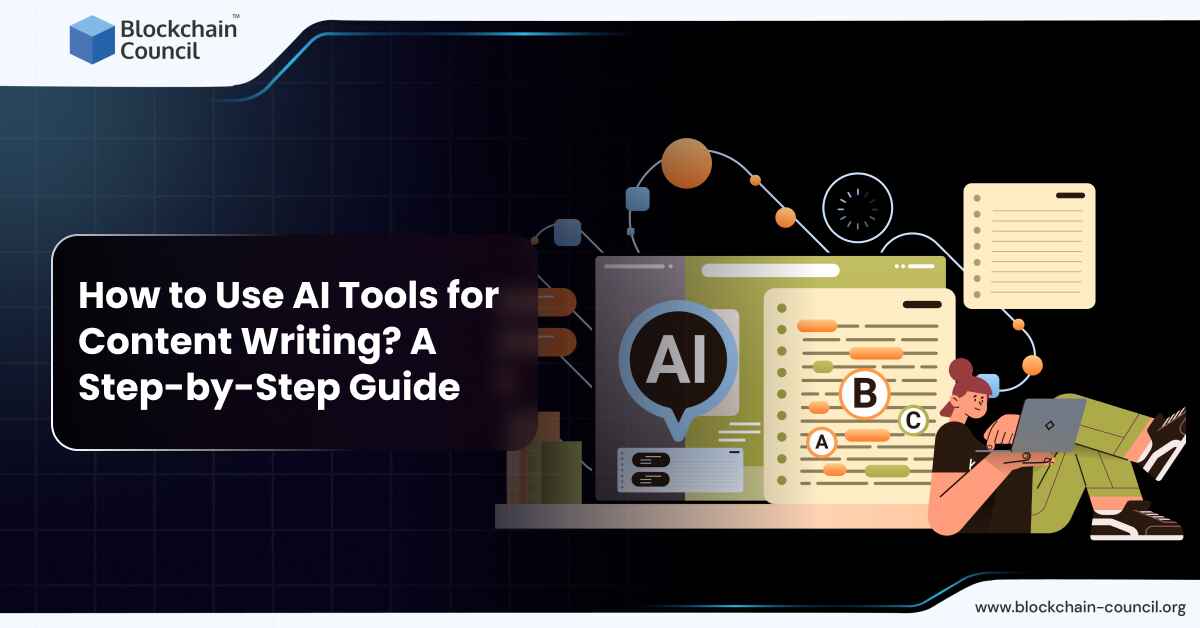
- Blockchain Council
- September 17, 2024
ChatGPT, developed by OpenAI, serves as an advanced AI tool. It generates replies that resemble human conversations. Businesses are using it to automate customer service, support content creation, and gain valuable insights from data. Using ChatGPT in your business can increase productivity and improve customer satisfaction. Additionally, programs such as the Certified ChatGPT Expert can train your team to fully capitalize on the advantages of AI integration.
Steps to Successfully Integrate ChatGPT into Your Business
| Step | Description |
| Identify Objectives | Define how ChatGPT will benefit your business (e.g., automate support, generate leads). |
| Collect and Prepare Data | Audit and clean data to ensure accuracy (e.g., customer interactions, FAQs). |
| Train and Fine-Tune | Feed data to ChatGPT to adjust responses to fit your business context (e.g., tone, relevance). |
| Establish Infrastructure | Set up necessary infrastructure (cloud or on-site) and integrate with your current systems. |
| Integrate with APIs | Connect ChatGPT to your systems (e.g., CRM) for data retrieval and interaction. |
| Implement Security | Ensure data security and compliance with regulations (e.g., encrypt data, set access controls). |
| Test and Evaluate | Run tests to check response quality and user satisfaction. |
| Launch and Monitor | Deploy ChatGPT and track performance metrics (e.g., response times, customer feedback). |
Identify Objectives and Use Cases
Before bringing ChatGPT into your business, determine the specific areas where it can be beneficial. Typical applications include automating customer support, generating leads, assisting in sales, and crafting personalized content. Clearly defining objectives ensures that the integration aligns with your business goals. For example, if you want to shorten customer service response times, you could target a 20% reduction.
Collect and Prepare Data
The quality of data plays a crucial role in how well ChatGPT performs. Start with a data audit to pinpoint relevant sources, such as customer interactions, FAQs, and other industry-specific information. Arrange and clean the data to maintain both accuracy and consistency. Proper data preparation enhances the model’s capability to understand and respond effectively to your business requirements.
Train and Fine-Tune the Model
Training ChatGPT involves feeding it data that reflects your business context. This adjustment process helps the model create responses that match your business’s tone. It also ensures the responses stay relevant to your needs. For example, a retail company might train ChatGPT using product descriptions, customer inquiries, and previous interactions to deliver accurate and engaging responses to prospective customers.
Establish Infrastructure and Deployment
Having the right infrastructure is crucial for seamless ChatGPT integration. Depending on your business needs, you can choose between cloud services or on-site servers. Setting up API integration allows for seamless data transfer between ChatGPT and your current systems, like your CRM or support platforms.
Integrate with APIs
API integration is vital for connecting ChatGPT with your current systems. It enables ChatGPT to retrieve data from your databases and interact with other software you use. For instance, a business might link ChatGPT with its CRM to access customer data, allowing for more personalized responses during interactions. A secure and efficient API integration ensures that the AI’s outputs align with your business processes without compromising data integrity.
Implement Security and Compliance Measures
When incorporating ChatGPT, addressing security and compliance is essential, especially when handling customer data. Create a security plan that includes encrypting data, setting access controls, and following regulations such as GDPR and HIPAA. Frequent audits and a solid incident response plan are essential for keeping data secure and safeguarding sensitive information.
Test and Evaluate Performance
Testing is key to ensuring that ChatGPT functions as expected. This stage involves running various scenarios to evaluate response quality, speed, and user satisfaction. Testing might include unit tests to check individual components and integration tests to assess the entire system’s functionality. User acceptance testing (UAT) lets real users interact with the system and provide feedback on their experience.
Launch and Monitor
Once testing is finished, launch ChatGPT and keep an eye on its performance. Monitor key metrics like response times, customer satisfaction scores, and interaction quality to assess success. Regular updates and retraining keep the system up-to-date and responsive to evolving business needs.
Practical Applications and Examples
Automating Customer Support
Many businesses use ChatGPT to handle routine customer service tasks like answering FAQs and managing order inquiries. For example, an e-commerce platform might deploy ChatGPT to assist with product recommendations, order tracking, and return policies, enhancing efficiency and reducing wait times.
Employee Training and Onboarding
ChatGPT can develop personalized learning modules for employees, tailoring training materials to each individual’s role and expertise level. For instance, a new project manager could use ChatGPT to receive a customized list of resources on project management tools, or a legal assistant could get summaries of key legal concepts relevant to their job.
Social Media Management
Digital marketing teams leverage ChatGPT to create engaging content, schedule posts, and respond to social media comments. It can generate eye-catching captions and help manage ad copy, boosting online presence and driving engagement without the need for constant manual effort.
Data Analysis and Reporting
ChatGPT’s ability to interpret complex data and produce easy-to-understand reports makes it a valuable tool for businesses. It can transform raw data into charts and summaries, which managers can use for presentations or strategic planning. This feature enhances decision-making using data and reduces the time typically needed for manual analysis.
Conclusion
Adding ChatGPT to your business can greatly boost efficiency, improve customer interactions, and streamline operations. Success relies on understanding your needs clearly. It also requires careful data preparation. Additionally, continuous refinement is crucial. By carefully planning each step, from setting objectives to monitoring outcomes, your business can effectively utilize ChatGPT, making operations smoother and more responsive to customer needs. This method improves your current processes. It also positions your business for future growth and new opportunities.





































































 Guides
Guides News
News Blockchain
Blockchain Cryptocurrency
& Digital Assets
Cryptocurrency
& Digital Assets Web3
Web3 Metaverse & NFTs
Metaverse & NFTs
